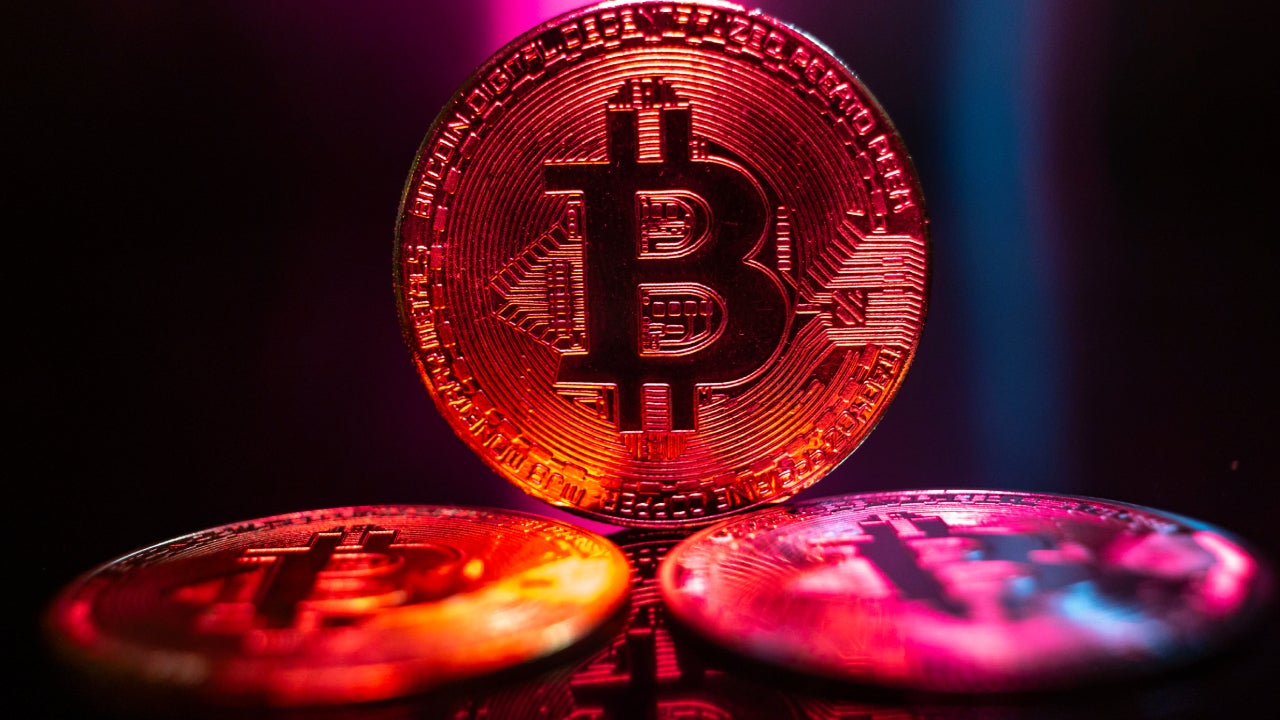Is Bitcoin halving good or bad?
Bitcoin halving is a critical event in the cryptocurrency world that occurs approximately every four years. To understand whether Bitcoin halving is good or bad, one must first grasp what it entails and its potential impact on the ecosystem.
What is Bitcoin Halving?
Bitcoin halving refers to the reduction of the reward that miners receive for adding new transactions to the blockchain by 50%. This event is hardcoded into the Bitcoin protocol to occur after every 210,000 blocks have been mined, which equates to roughly four years given the average time of 10 minutes per block. As a result, the rate at which new bitcoins are created slows down, making Bitcoin a deflationary asset.
The Good: Incentives for Scarcity and Investment
Scarcity Drives Value
The primary positive aspect of Bitcoin halving is that it creates scarcity. With the reward halved, fewer new bitcoins are generated, thereby slowing down the supply growth. According to basic economic principles, reduced supply with steady or increasing demand can lead to a price increase. Consequently, as Bitcoin becomes more scarce, its perceived value might increase.
Long-Term Investment
Investors who view Bitcoin as a long-term store of value are generally in favor of the halving. The reduced pace at which new bitcoins are minted can encourage holding instead of selling, as investors anticipate future gains when Bitcoin becomes rarer. This potential for appreciation attracts more investors, boosting the overall market sentiment.
Network Security
Another argument for the halving being a positive event is related to the security of the Bitcoin network. As the rewards decrease, only the most efficient and competitive miners can survive, possibly leading to a more resilient and secure network due to the consolidation of mining power.
The Bad: Concerns about Miner Profitability and Network Security
Miner Profitability
On the flip side, the halving can be seen as bad for miners who find their profits slashed overnight. The immediate effect of the halving could mean that mining becomes unprofitable for those with higher costs. This could lead to smaller miners exiting the market, reducing the decentralization of the mining process, which is a key component of a secure blockchain network.
Potential Hash Rate Drop
A sudden drop in miner profitability could result in a significant number of miners shutting down their operations. This would reduce the overall hash rate of the network, at least temporarily, until the difficulty adjustment occurs. A lower hash rate can make the network more vulnerable to attacks.
Market Volatility
After a halving, the market often experiences volatility. Speculation, uncertainty, and differing expectations can create short-term price swings that can be perceived as either good or bad, depending on an individual’s investment timeline and tolerance for risk.
Conclusion
Whether Bitcoin halving is good or bad largely depends on one’s perspective and the timeframe considered. For long-term investors, the reduction in supply associated with each halving can signal increased future valuation, making the event a welcome occurrence. For miners and those concerned with day-to-day fluctuations, the rewards cut can pose significant challenges. Ultimately, while the halving tends to introduce uncertainty in the short term, historically, it has proven to contribute to Bitcoin’s long-term growth narrative, cementing its position as a digital counterpart to traditional stores of value like gold.






